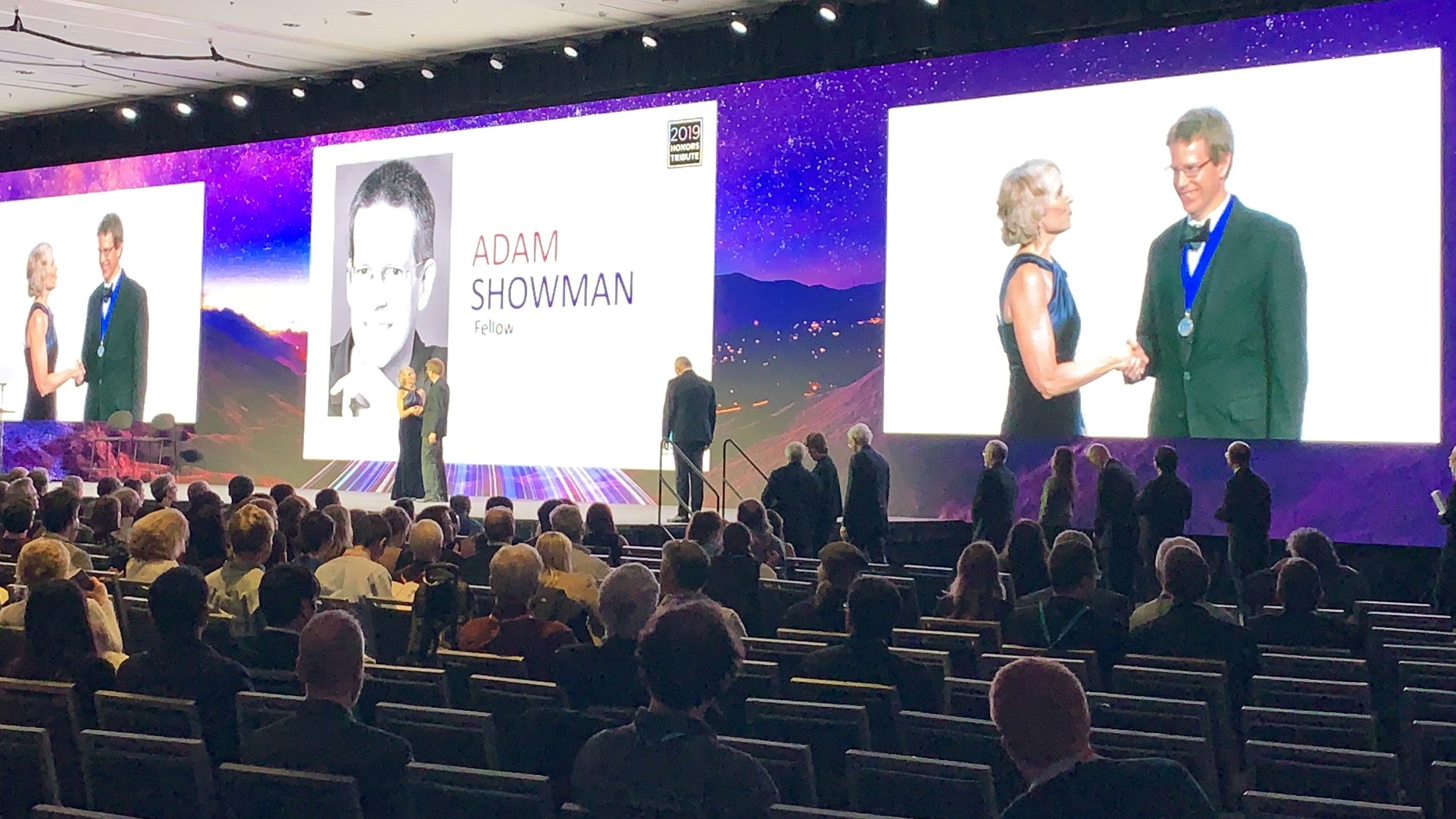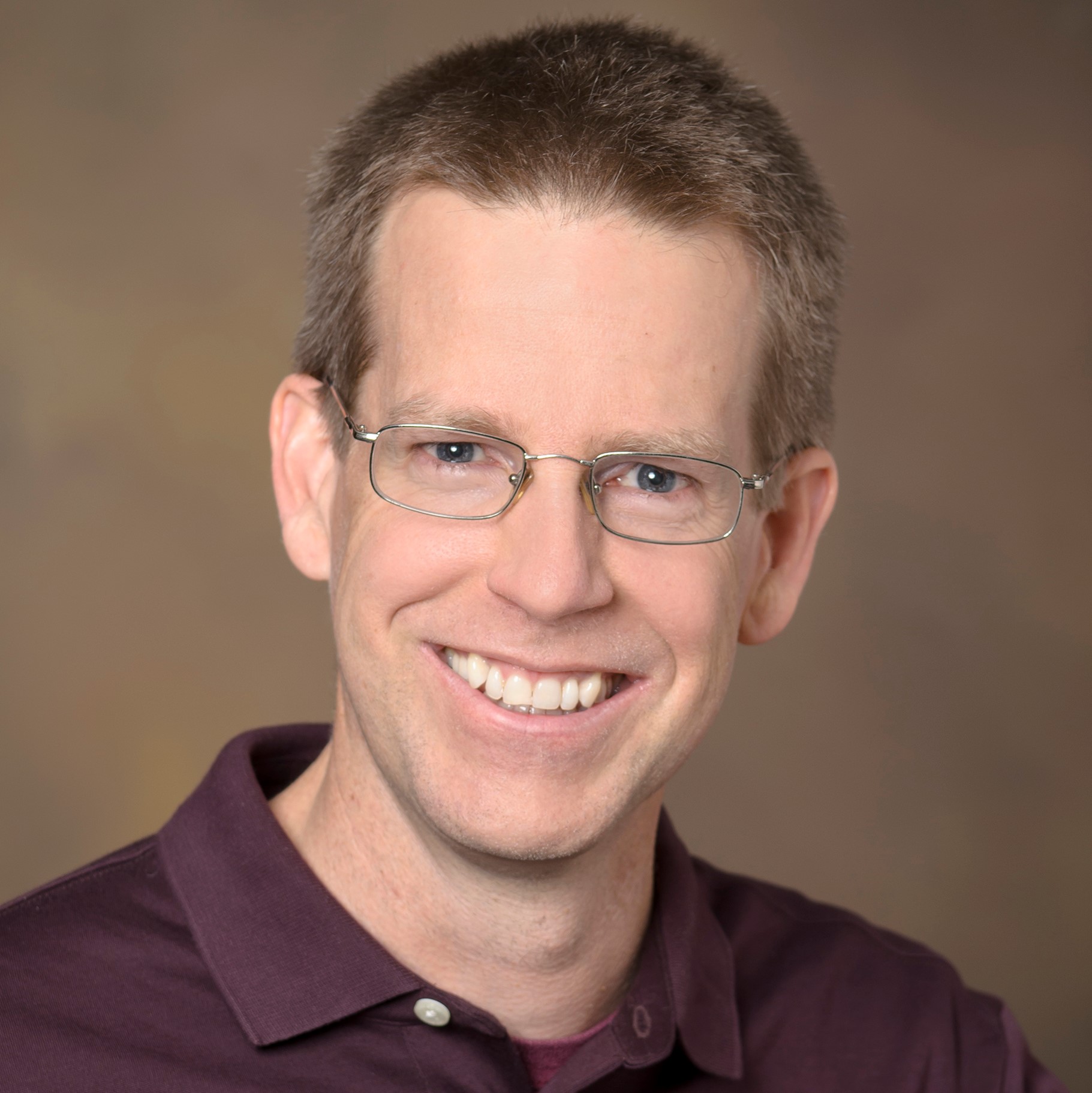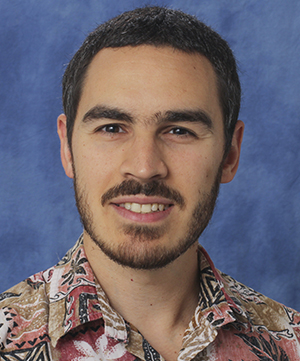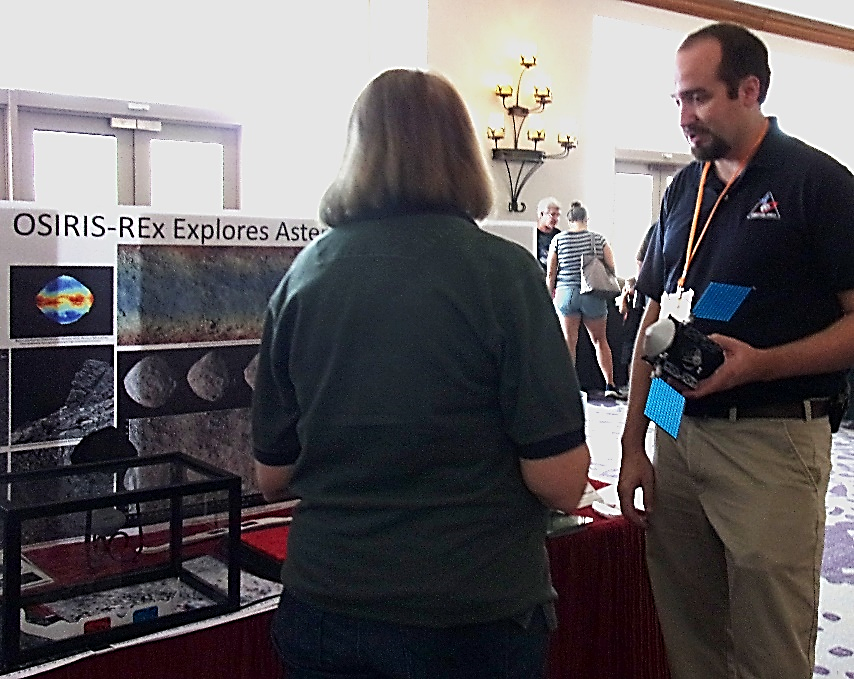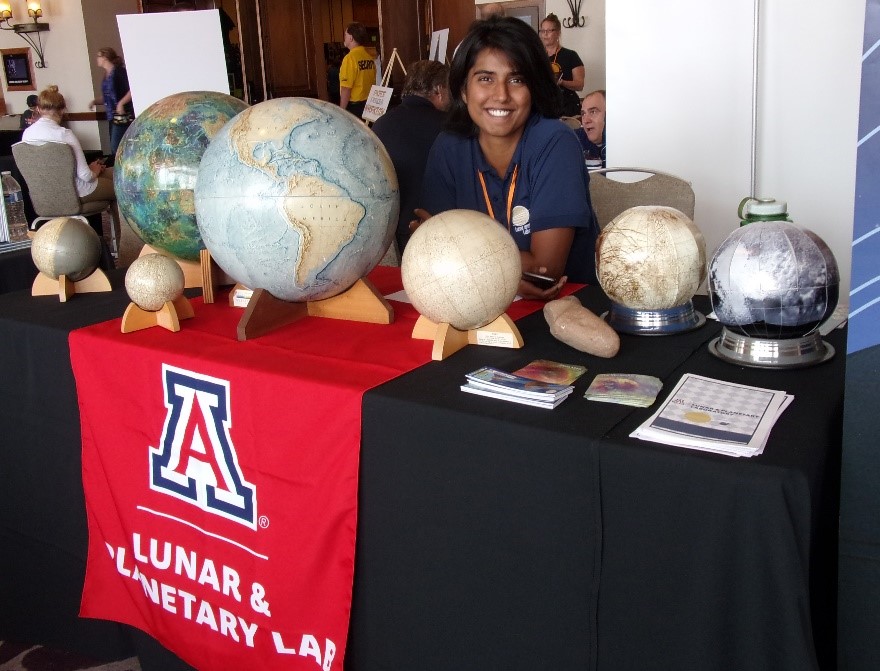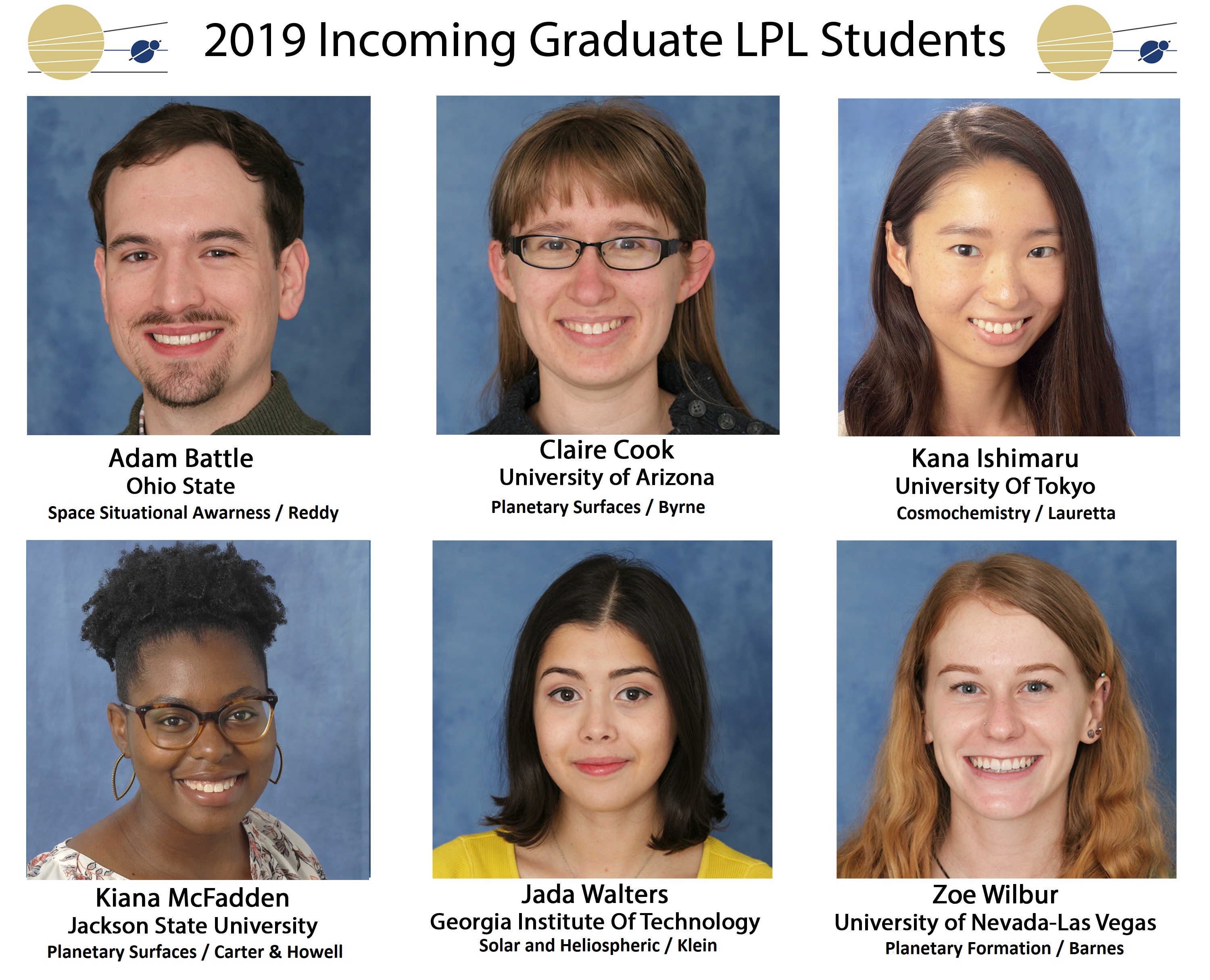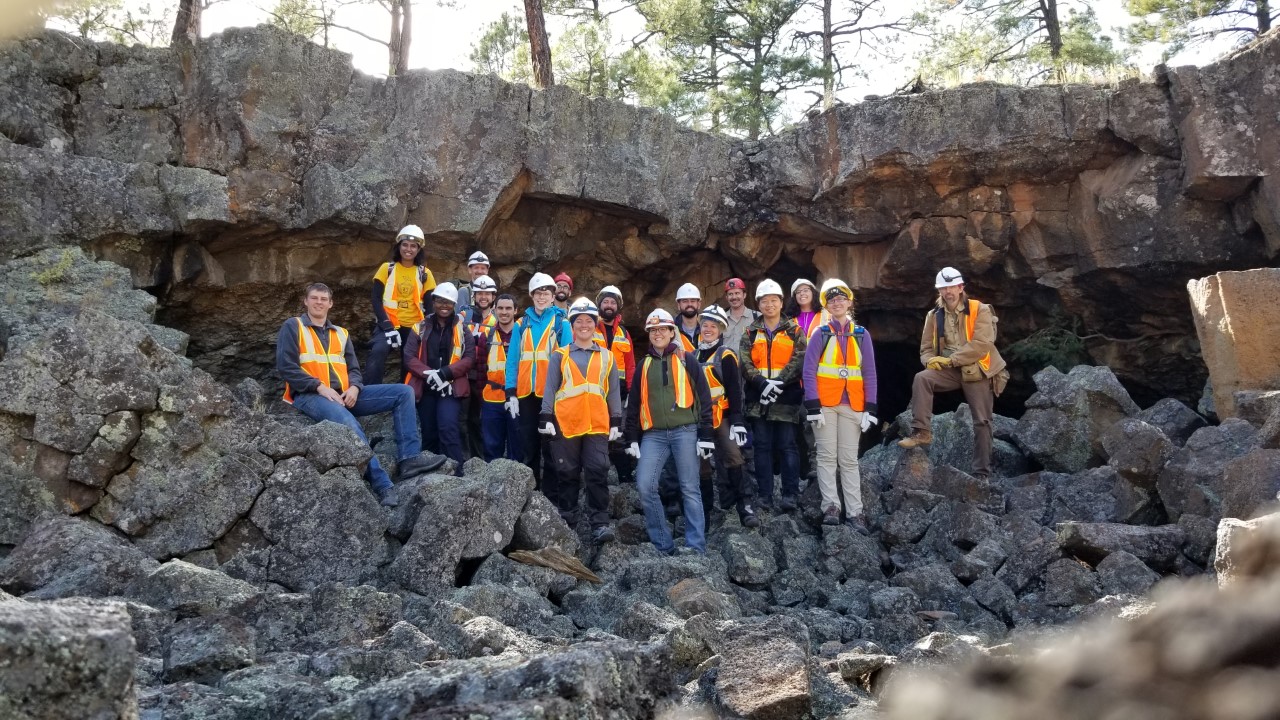We hope you will join us in remembering our friend and colleague Adam Showman with a gift of any size for the Adam P. Showman Distinguished Visiting Lectureship. With your generous support, we plan to establish an endowed fund that will allow LPL to bring guest lecturers to campus in Adam's memory in perpetuity. We can think of no better way to honor him than to bring exceptional planetary scientists with similarly broad interests to engage with and inspire our students, just as Adam did. Thirty donors have already pledged a total of more than $10,000.
